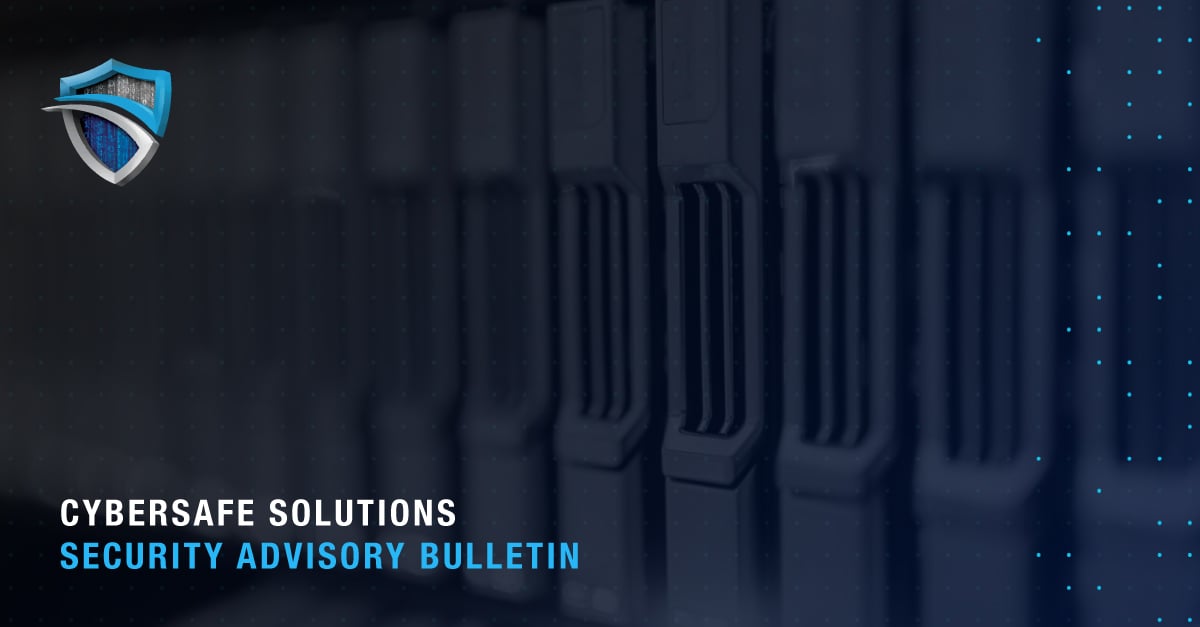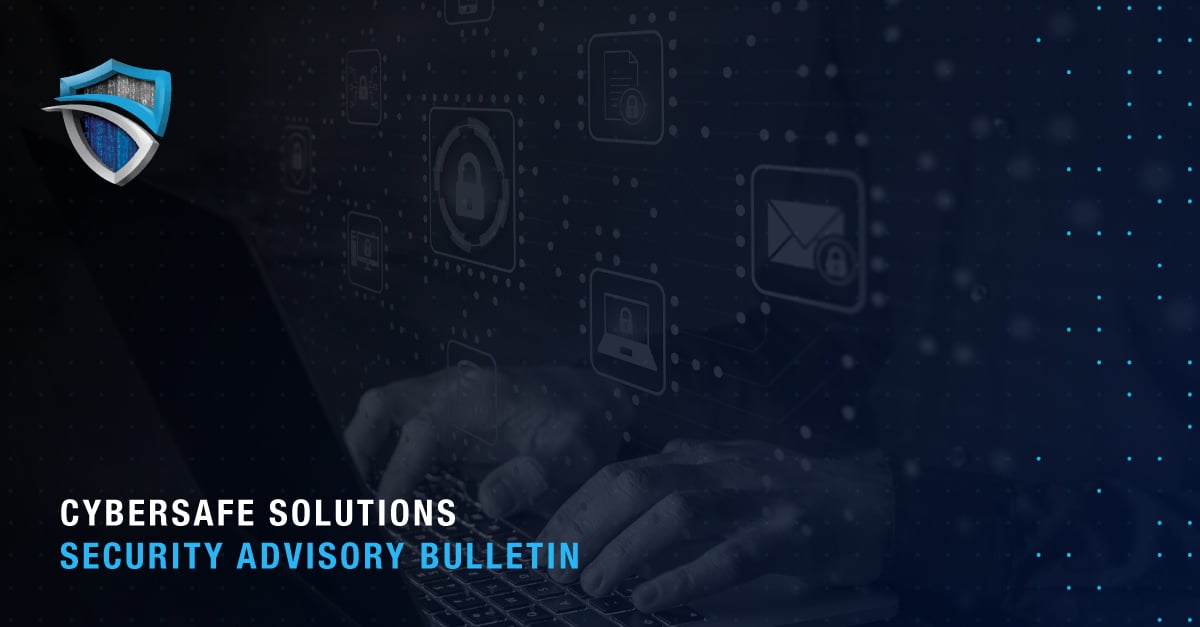Many businesses seek to enhance their cybersecurity by investing in robust tools and services. However, the abundance of solutions on the market—including many that vary in terms of capabilities—can make it challenging to discern which is appropriate for you.
Ultimately, your organization has unique needs, and whichever solution you settle on should be tailored to meet your specific requirements.
Whether you’re planning to invest in software tools, such as extended detection and response (XDR), or partner with an experienced managed detection and response (MDR) provider, this guide aims to help you determine the right option for you.
Choosing a Cybersecurity Solution: Where Should I Start?
If you were planning a kitchen remodel, you would likely begin by deciding whether to complete the work yourself or hire a contractor. Ultimately, factors such as time, budget, and experience, among others, will likely play into this decision.
If you decided to complete the renovation yourself, you might make a list of necessary tools and supplies, shop for paint colors and tile, and parse out time for specific tasks.
If you opted to hire a contractor instead, you’d perhaps screen vendors, read reviews, and finalize design renderings.
While vastly different fields, selecting the right cybersecurity solution should follow a similar path.
It may sound simple, but begin with a simple evaluation: Am I planning to manage the project in-house, or do I need to outsource to a trusted provider?
For more clarity and context, consider these aspects:
- Do I currently have a strategy? What does it consist of?
- Is my IT staff overseeing it?
- If so, do they have knowledge and experience in risk mitigation and incident response, as well as the bandwidth to handle such an undertaking along with their other responsibilities?
- If not, am I planning to hire new staff or train existing team members?
If you’re deciding whether to rely on IT employees for security, consider their bandwidth and expertise, and your budget, among other factors.
Partnering with a managed detection and response (MDR) provider, alternatively, can offload some of these responsibilities to free up workload, enhance posture, and save on costs.
Regardless of which route you take, it’s important to better understand both MDR and XDR. MDR and XDR are often mischaracterized as competing offerings, when in actuality, one helps support the other to improve an organization’s security posture. To further explore both of these, let’s take a closer look at a robust, integrated system of solutions, XDR, as well as what comes with MDR.
What Is Extended Detection & Response (XDR)?
Extended detection and response (XDR) solutions collect and analyze data across endpoints, networks, and cloud environments to deliver real-time insights and uncover potential threats across systems.
XDR centralizes information obtained from these settings for real-time viewing, analysis, and cross-reference.
XDR Provides:
- Increased Visibility: With 360-degree transparency into all your systems, XDR facilitates full visibility, and mitigates gaps and silos.
- Cutting-Edge Software: State-of-the-art artificial intelligence (AI) and machine learning (ML) technology immediately register deviations from the baseline to streamline detection.
XDR is one of many software solutions available. These also include endpoint detection and response (EDR)—which provides visibility into laptops, desktops, and servers—and security information and event management (SIEM), which collects data across systems and network components—organizing it into a single dashboard with configurable alerts and rules.
While such tools send real-time alerts about system activity, it falls on organizations to triage these alerts and respond to any true-positive alerts that indicate an incident has occurred, unless they outsource to a provider.
What Is Managed Detection & Response (MDR)?
Managed detection and response (MDR) or managed extended detection and response (MXDR) is a managed solution that adds in the element of a dedicated team with knowledge and experience absorbing, reviewing, and analyzing data that software tools like XDR and EDR collect.
Leveraging top-tier expertise and cutting-edge technology, MDR delivers threat hunting, risk mitigation, and real-time incident response.
MDR professionals apply knowledge from the multiple environments they serve at scale to their entire client base, which expands threat hunting beyond what’s solely identified in your systems, and enables earlier, more effective remediation.
Additionally, outsourcing offloads the burden of detection triage from IT employees—enabling them to focus on day-to-day tasks and saving on the costs of hiring additional staff.
Advantages of MDR:
- Top-Tier Threat Intelligence: Along with leveraging experience across client environments, skilled analysts are constantly devising new ways to thwart hacker tactics in real time. Some operate from a Security Operations Center (SOC), where they continuously monitor assets and are available 24/7/365.
- Frees Up IT Workload: Outsourcing these services lightens IT workloads—enabling them to focus on other tasks.
- Enhanced Risk Posture: By combining top-tier threat intelligence, continuous monitoring, and risk mitigation, MDR bolsters unparalleled cybersecurity.
- Minimizes Downtime: It helps minimize downtime in the event of a breach with 360-degree visibility and access to industry expertise.
- Compliance Maintenance: Skilled advisors map posture against prominent industry frameworks such as the Institute of Standards and Technology (NIST) Center for Internet Security (CIS) 18 Controls—minimizing gaps and gauging eligibility to claim NIST SP 800-171 compliance. It also helps secure healthcare, payment, and other information for enhanced HIPAA and Payment Card Industry Data Security Standard (PCI DSS) compliance.
- Cost Savings: Compared to the costs of hiring new staff, enlisting trained providers helps save valuable time, money, and resources.
What to Look for in a Cybersecurity Provider
If considering MDR, look for partners providing the following:
- Tailored Solutions: No two businesses are created equal, so your services should be tailored to meet your unique needs. Consider providers with a range of robust offerings that can be curated to your specific risk posture.
- Best-in-Class Technology: State-of-the-art technology facilitates timely analysis, triage, and eradication. Those operating out of a SOC leverage cutting-edge technology to monitor systems, around the clock.
- Expertise: In the ever-evolving security space, change is the only constant. By outsourcing to a team with top-tier threat intelligence, your strategy can evolve as risks do.
Cybersafe Solutions: Your Partner in MDR
When enlisting an MDR, you not only gain a dedicated team responding to alerts, but a partner in cybersecurity.
Yet not all providers are created equal.
While many will oversee your software of choice, few offer the comprehensive, white-glove service of industry leader Cybersafe Solutions.
Our skilled analysts go beyond alert management to deliver monthly health checks, continuous monitoring, and top-tier threat intelligence to detect and thwart new tactics, in real time.
Cybersafe’s range of tailored solutions and services is curated to your unique needs, leveraging best-in-class technology through our U.S.-based SOC to support 24/7/365 visibility and unparalleled triage analysis.
We are committed to working with you to bolster a robust risk posture, and be a force multiplier and trusted partner in cybersecurity for your business.
Cybersafe Solutions is an industry-leading MSSP offering MDR, helping organizations enhance risk posture with 24/7/365 monitoring, threat hunting, and real-time incident response. To learn more about partnering with us, contact our team today.




